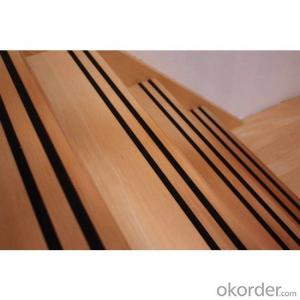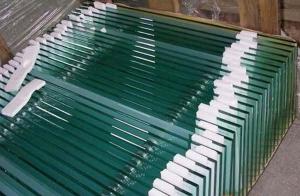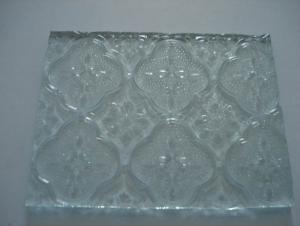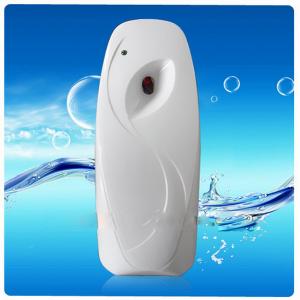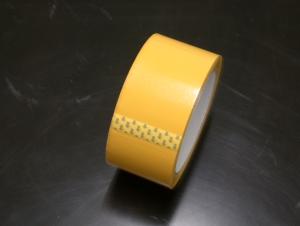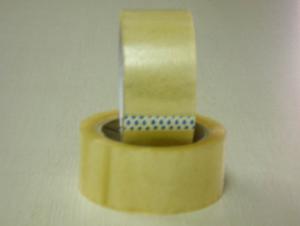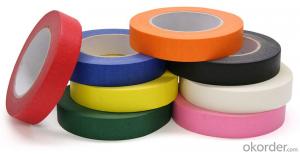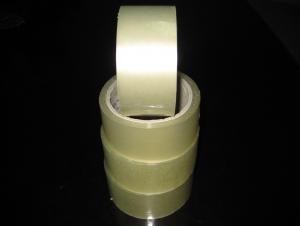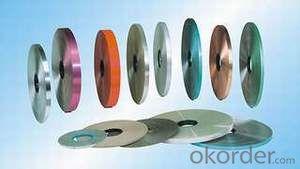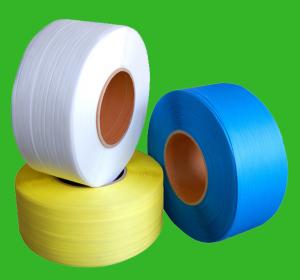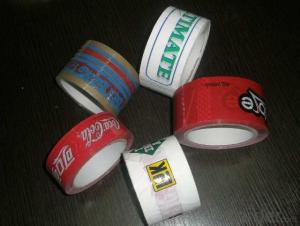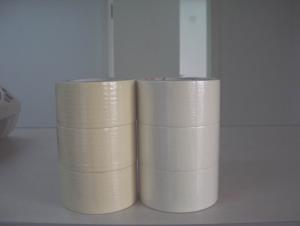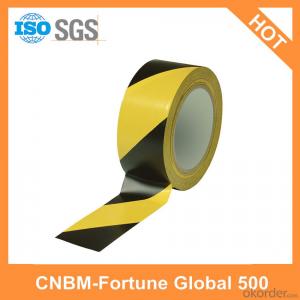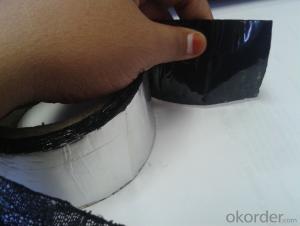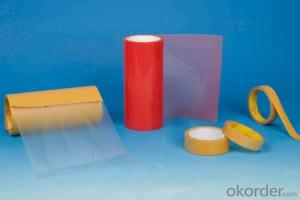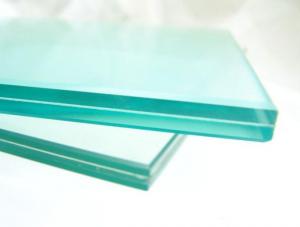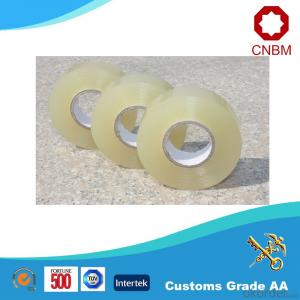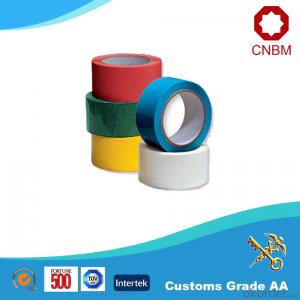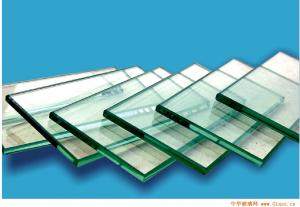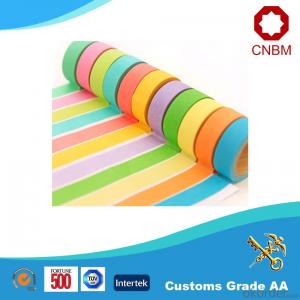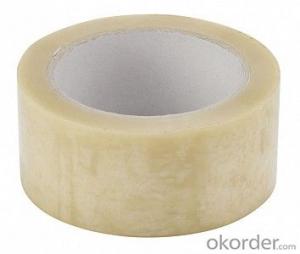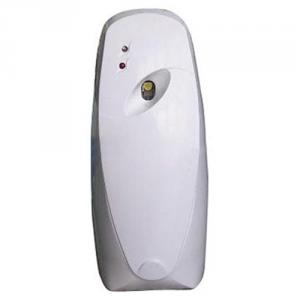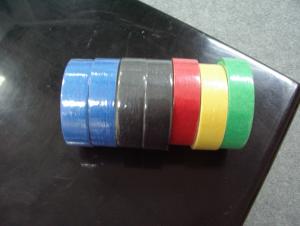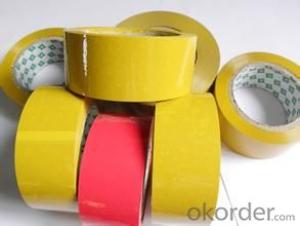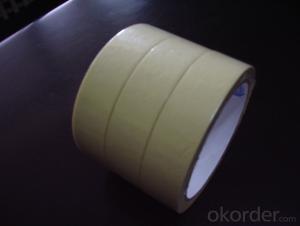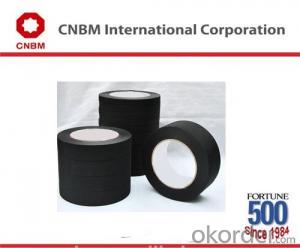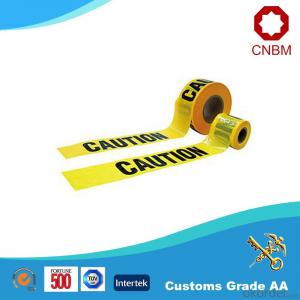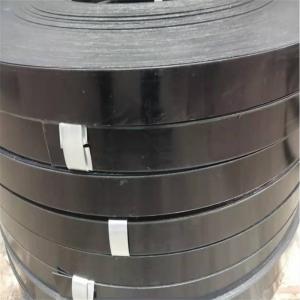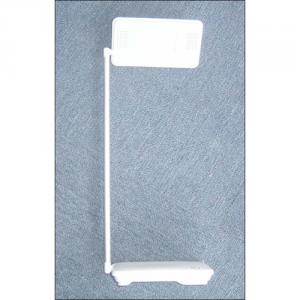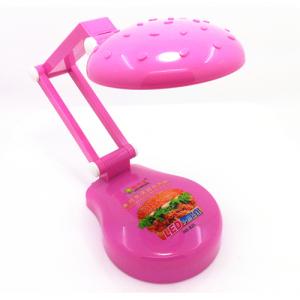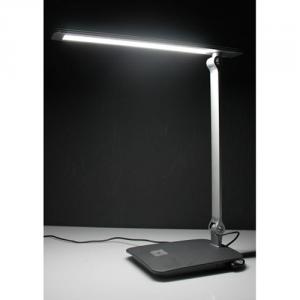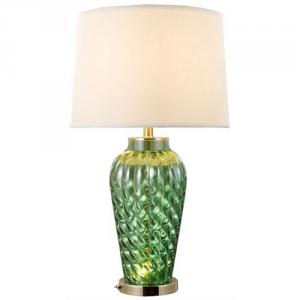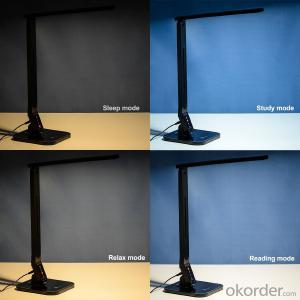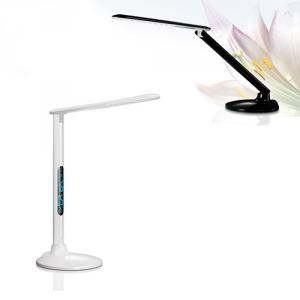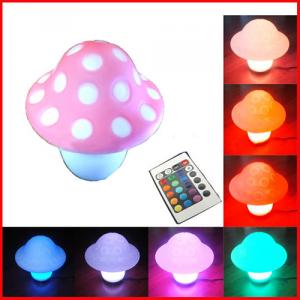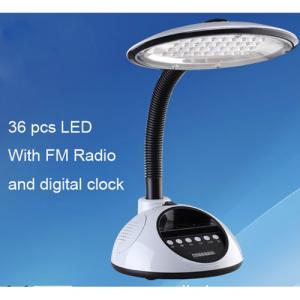Clear Tape Dispenser
Clear Tape Dispenser Related Searches
Tape Dispenser For Packing Tape Double Sided Sticky Tape Dispenser Transparent Packing Tape Clear Packaging Tubes 3 Clear Tape Masking Tape Clear Clear Plastic Pvc Pipe Large Diameter Clear Plastic Pipe Clear Plastic Panels Disposable Coveralls With Reflective Tape Clear Plastic Clear Plastic Shipping Tubes Protective Film Tape Clear Rigid Plastic Tubing Clear Plastic Sheets Clear Pvc Pipe 4 Inch Clear Duct Hose Clear Bendable Plastic Packaging Tape Clear Mailing Tubes Polypropylene Tape Drywall Tape Clear Storage Tubes With Lids Clear Plastic Netting Moving Tape Automotive Masking Tape Heavy Duty Shipping Tape Heavy Duty Packaging Tape Printed Box Tape Shipping TapeClear Tape Dispenser Supplier & Manufacturer from China
The Clear Tape Dispenser is a handy tool designed to make the process of dispensing clear tape more efficient and convenient. It is an essential item for various applications, including packaging, shipping, and crafting. This dispenser ensures that the tape is cut cleanly and applied smoothly, making it a popular choice among businesses and individuals alike. The Clear Tape Dispenser is suitable for a wide range of tape widths, making it a versatile addition to any workspace.The Clear Tape Dispenser is widely used in various industries, such as e-commerce, logistics, and retail, where packaging and sealing products are a daily necessity. It is also popular among crafters and DIY enthusiasts who require precise tape application for their projects. The dispenser's ease of use and reliability make it a go-to choice for those who need to apply clear tape frequently and accurately.
Okorder.com is a reputable wholesale supplier of the Clear Tape Dispenser, offering a large inventory to cater to the needs of businesses and individuals alike. With a commitment to providing high-quality products at competitive prices, Okorder.com ensures that customers can find the Clear Tape Dispenser they need to streamline their tape application processes.
Hot Products
